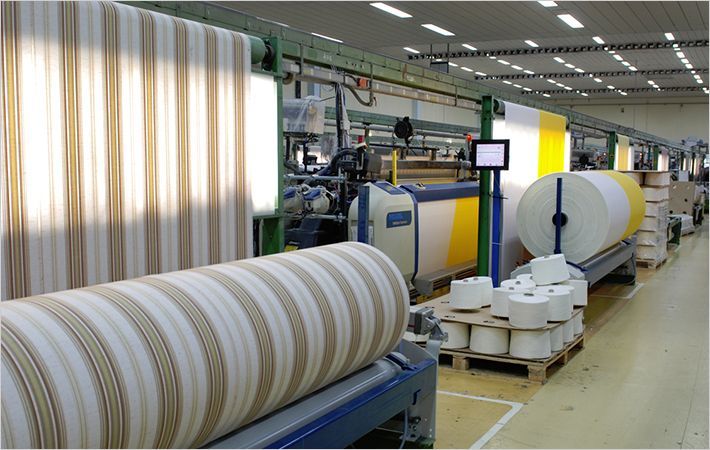Dissipation of static electricity is critical to avoid damage to electronic circuitry and reduce particle build-up on medical devices and surrounding surfaces. New devices, such as vascular imaging catheters, utilize highly sensitive electronics for enhanced diagnosis and treatment.
Dissipation of static electricity that can build up on surrounding surfaces is critical to avoid damage to sensitive electronic circuitry in these devices. In drug delivery devices, such as dry powder inhalers, static charge can cause accumulation of drug particles on the device surface and lead to variability in dose delivery. As a leading provider of specialty compounds for medical devices, Foster recognizes the need for static dissipation in emerging devices and offers these USP Class VI complaint blends for use in regulated applications.
The PEBA polymer additive used in Foster’s static dissipative blends, disperses throughout the entire base polymer. When melt blended in quantities between 10 and 20% by weight into other polymers it provides immediate and permanent antistatic properties of 1010-12 ohm/sq, depending on the loading and the base polymer. These antistatic properties are maintained in the polymer blend even at low humidity levels.
This unique polymer additive can be compounded into other polymers with compatible melting temperatures, including thermoplastic polyurethanes (TPU), polyethylene (PE), polypropylene (PP), polymethyl-methacrylate (PMMA), acrylonitrile butadiene styrene (ABS) and polyvinyl chloride (PVC).
“Traditional antistatic additives, such as ethoxylated amines, migrate to the component surface where they attract atmospheric moisture that helps dissipate static charges. These materials require time to migrate and a minimum level of moisture in the air. They can also easily be wiped off the surface with cleaning agents,’ said Bill Blasius, Manager of R&D and Polymer Science for Foster Corporation. “The PEBA additive provides a continuous polymer network throughout the host polymer that is intrinsically antistatic and permanent.”
Foster Corporation

